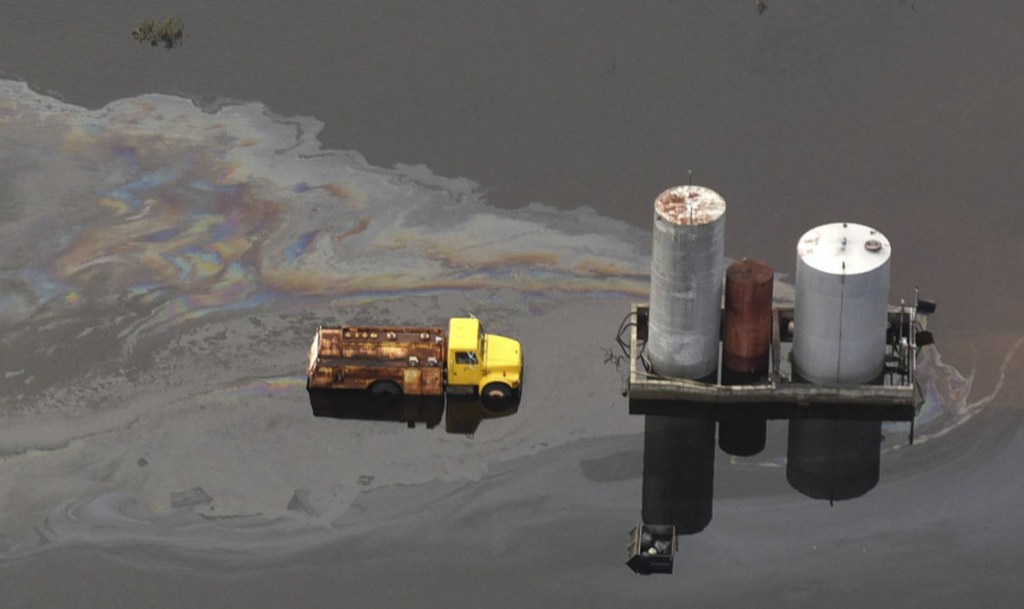GEORGETOWN, S.C. — For many living near South Carolina’s coast, Florence is the visitor they never wanted who now refuses to leave.
Eleven days after the once-fierce hurricane arrived on the coast, and more than a week after it blew north and dissipated, rivers swollen by its relentless rains are still flooding homes and businesses in their paths as they make their way to the sea.
Some residents have no idea when they will return home. One is Vivian Chestnut, who evacuated her home in Conway, South Carolina, six days ago.
The Waccamaw River, which flows through the city of 23,000, had already reached more than 21 feet – far surpassing the previous record high of 17.9 feet set by Hurricane Matthew two years ago – and it was still rising Tuesday afternoon.
The waterway was expected to crest on Wednesday, but not to drop below 18 feet or so until sometime next week. The river floods at 11 feet.
“You find yourself sitting around a lot and thinking, ‘What if,’ ” said Chestnut, who is staying with family in the area. “And wondering what you are going to find when you finally get back.”
It’s a scene repeating itself across eastern South Carolina, where rivers swollen from what one meteorologist calculated is the nation’s second-rainiest storm in 70 years slowly make their way down the state’s gentle sloping coastal plain.
If that weren’t bad enough, more weather was forming off the coast in a hurricane season that still has two months to go. National Hurricane Center forecasters watching a low pressure area about 260 miles south of Cape Hatteras, North Carolina, said it could become a tropical depression as it approaches the coast before moving north.
While it will likely dump some rain on the Florence-battered city of Wilmington, it wasn’t expected to be significant enough to worsen the flooding.
“It shouldn’t put much of a dent in the rivers,” said Reid Hawkins, a National Weather Service meteorologist in Wilmington.
The storm was also having an enduring impact on the environment. A power outage at a wastewater station combined with heavy rain caused about 128,000 gallons of wastewater to spill into a river at Camp Lejeune in North Carolina, the U.S. Marine Corps reported Tuesday. The military said the spill won’t threaten water supplies.
Engineers are keeping an eye on U.S. Highway 501, the main link to Myrtle Beach. Water is now touching a temporary barrier of sand and plastic erected to keep water off the bridge. Called the Lifeline, the temporary wall will remain effective if the water doesn’t rise more than 5 feet more, according to the state Department of Transportation.
A preliminary analysis of Hurricane Florence has determined that the slow-moving storm dumped more than 17.5 inches of water on a region stretching from Fayetteville, North Carolina, to Florence, South Carolina.
Send questions/comments to the editors.



Success. Please wait for the page to reload. If the page does not reload within 5 seconds, please refresh the page.
Enter your email and password to access comments.
Hi, to comment on stories you must . This profile is in addition to your subscription and website login.
Already have a commenting profile? .
Invalid username/password.
Please check your email to confirm and complete your registration.
Only subscribers are eligible to post comments. Please subscribe or login first for digital access. Here’s why.
Use the form below to reset your password. When you've submitted your account email, we will send an email with a reset code.